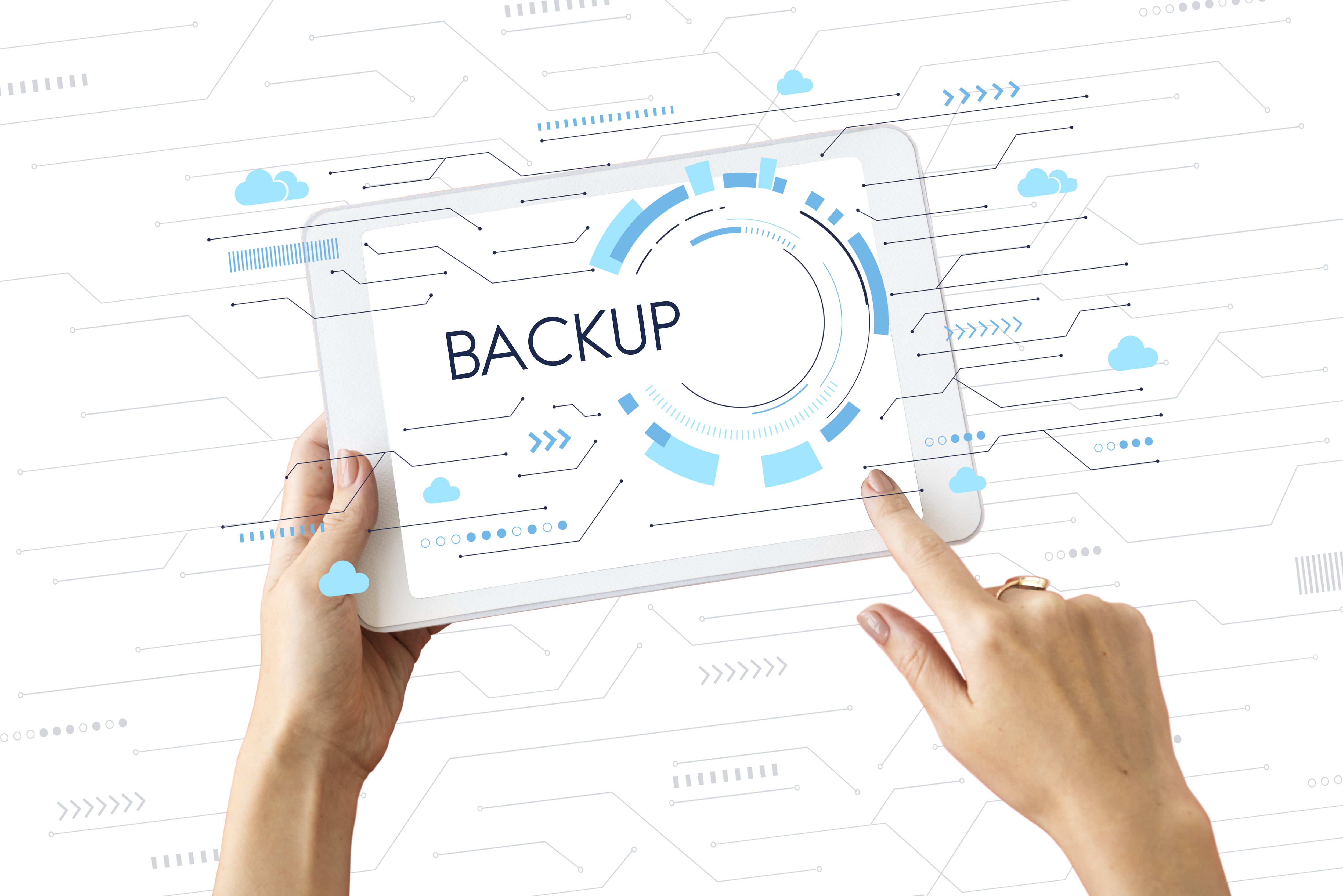The complete guide to enhance EHR data security
In an era where healthcare is increasingly reliant on digital technologies, the imperative to enhance Electronic Health Record (EHR) data security has become paramount. As the adoption of EHR systems accelerates, so does the need to safeguard sensitive patient information from the evolving threats of the digital landscape.
This guide explores strategic measures and considerations aimed at fortifying EHR data security, ensuring not only the confidentiality and integrity of patient records but also fostering patient trust and compliance with regulatory standards. From the encryption of data to navigating the delicate balance between accessibility and security, this exploration delves into effective strategies that healthcare organizations can employ to bolster their EHR data security posture in the face of an ever-changing cybersecurity landscape.
I. About EHR
An Electronic Health Record (EHR) is a digitalized version of a patient's medical history, containing information such as diagnoses, medications, treatment plans, immunization records, allergies, radiology images, and laboratory test results. The primary objective of EHRs is to streamline healthcare processes, fostering improved patient care and overall healthcare quality.
By providing a comprehensive and easily accessible electronic repository of patient information, EHRs aim to enhance communication among healthcare providers and expedite decision-making. Key features include patient demographics, medical history, medication lists, immunization records, and test results. Despite the numerous benefits, challenges such as ensuring data security and achieving interoperability between different EHR systems persist in the healthcare industry.
II. Effective ways to enhance EHR Data Security
Ensuring robust security for Electronic Health Record (EHR) systems is paramount to safeguarding sensitive patient information. Here's an explanation of effective strategies to enhance EHR data security:
1. Encryption of Data
Encryption serves as a powerful shield for data, both in transit and at rest. By converting information into unreadable code, even if unauthorized access occurs, the data remains incomprehensible. Implementing strong encryption algorithms adds an extra layer of protection to the confidentiality and integrity of patient records.
2. Access Control Measures
Implementing stringent access controls is crucial. Assign specific access privileges based on user roles and responsibilities, limiting access to only necessary information. Two-factor authentication further fortifies the system by requiring additional verification steps, ensuring that only authorized personnel can access sensitive patient data.
3. Regular Security Audits
Conducting regular security audits is vital for identifying vulnerabilities and potential threats. Through penetration testing and vulnerability assessments, weaknesses in the system can be proactively addressed. Regular audits help maintain the resilience of security measures against evolving cyber threats.
4. Employee Training and Awareness
Employees play a pivotal role in maintaining data security. Comprehensive training programs should be instituted to educate staff on security protocols, best practices, and the potential consequences of security breaches. Fostering a culture of awareness ensures that every individual within the healthcare organization contributes to maintaining a secure environment.
5. Data Backup and Recovery Plans
Establishing robust data backup and recovery plans is critical to ensure the availability and integrity of patient data. Regularly backing up information and testing recovery procedures guarantees that in the event of system failures, data corruption, or cyberattacks, critical health records can be swiftly restored.

6. Compliance with Regulatory Standards
Adherence to regulatory standards, such as the Health Insurance Portability and Accountability Act (HIPAA), is imperative. Compliance ensures that the EHR system meets legal requirements, protecting patient privacy and data security. Regularly updating security measures in accordance with evolving regulatory guidelines is essential for maintaining compliance.
III. Benefits of Enhanced EHR Data Security
1. Patient Trust and Confidentiality
Confidentiality Assurance: Strengthened data security instills confidence in patients regarding the confidentiality of their health information. Patients are more likely to share sensitive details when they trust that their data is securely protected, fostering a positive patient-provider relationship.
Improved Trust: Patients feel more secure knowing that their medical records are shielded from unauthorized access. This heightened trust encourages open communication and collaboration between patients and healthcare providers, contributing to improved healthcare outcomes.
2. Prevention of Unauthorized Access
Restricted Access: Enhanced EHR security measures, such as robust access controls and encryption, significantly reduce the risk of unauthorized personnel accessing patient records. This prevention is crucial in protecting sensitive health information from being exploited or misused.

User Authentication: Implementing strong authentication methods, like two-factor authentication, ensures that only authorized individuals with proper credentials can access the EHR system. This preventive measure acts as a gatekeeper, minimizing the likelihood of security breaches.
3. Mitigation of Data Breach Risks
Early Detection and Response: A well-secured EHR system includes regular security audits and monitoring mechanisms. These practices enable early detection of potential threats and prompt response to mitigate the impact of a data breach.
Reduced Financial and Reputational Risks: By minimizing the occurrence and severity of data breaches, healthcare organizations can avoid significant financial losses and protect their reputation. Public trust is preserved, and the organization avoids the legal and financial consequences associated with data breaches.
IV. Challenges and Considerations
1. Balancing Accessibility with Security
Accessibility Concerns: Ensuring that authorized healthcare professionals can readily access patient records is essential for providing timely and effective care. Striking the right balance between accessibility and security is challenging, as overly stringent security measures may impede efficient healthcare delivery.
User Experience: Implementing security protocols that are seamless and user-friendly is crucial. Cumbersome authentication processes may lead to frustration among healthcare providers, potentially leading to workaround behaviors that compromise security.
2. Cost Implications of Advanced Security Measures
Financial Constraints: Deploying and maintaining advanced security measures can incur significant costs. Many healthcare organizations, especially smaller ones, may face financial constraints in implementing cutting-edge security technologies and may need to carefully allocate resources to strike a balance between security needs and budget limitations.
Resource Allocation: The cost of training personnel, updating software, and conducting regular security audits must be considered. Balancing the financial investments required for robust security with the overall financial health of the healthcare institution is a critical consideration. Consider working with experts to maximize the investments in developing a robust EHR system.
3. Evolving Threat Landscape
Adaptability to Emerging Threats: The dynamic nature of cybersecurity threats requires continuous adaptation of security measures. The healthcare industry must stay abreast of the latest threats, vulnerabilities, and attack vectors. Failure to evolve security practices may expose EHR systems to new and sophisticated cyber threats.
Integration of Threat Intelligence: Incorporating threat intelligence into security strategies helps healthcare organizations proactively identify and mitigate emerging threats. This involves continuous monitoring of the threat landscape to ensure that security measures remain effective against evolving cyber risks.
Conclusion
In conclusion, fortifying Electronic Health Record (EHR) data security is not merely a technological imperative but a critical commitment to the well-being of patients and the integrity of healthcare systems. By embracing robust measures such as data encryption, access controls, regular security audits, employee training, and compliance with regulatory standards, healthcare organizations can create a resilient defense against unauthorized access and data breaches.
The benefits extend beyond safeguarding sensitive information, encompassing the cultivation of patient trust, prevention of unauthorized access, and mitigation of data breach risks. However, it is imperative to recognize the dynamic nature of cybersecurity challenges and the constant evolution of threats. Hence, a proactive stance, ongoing training, and adaptability to emerging risks are essential for sustaining effective EHR data security. Through these concerted efforts, healthcare providers can not only meet the demands of an increasingly digitized healthcare landscape but also uphold the highest standards of patient care, confidentiality, and security.





